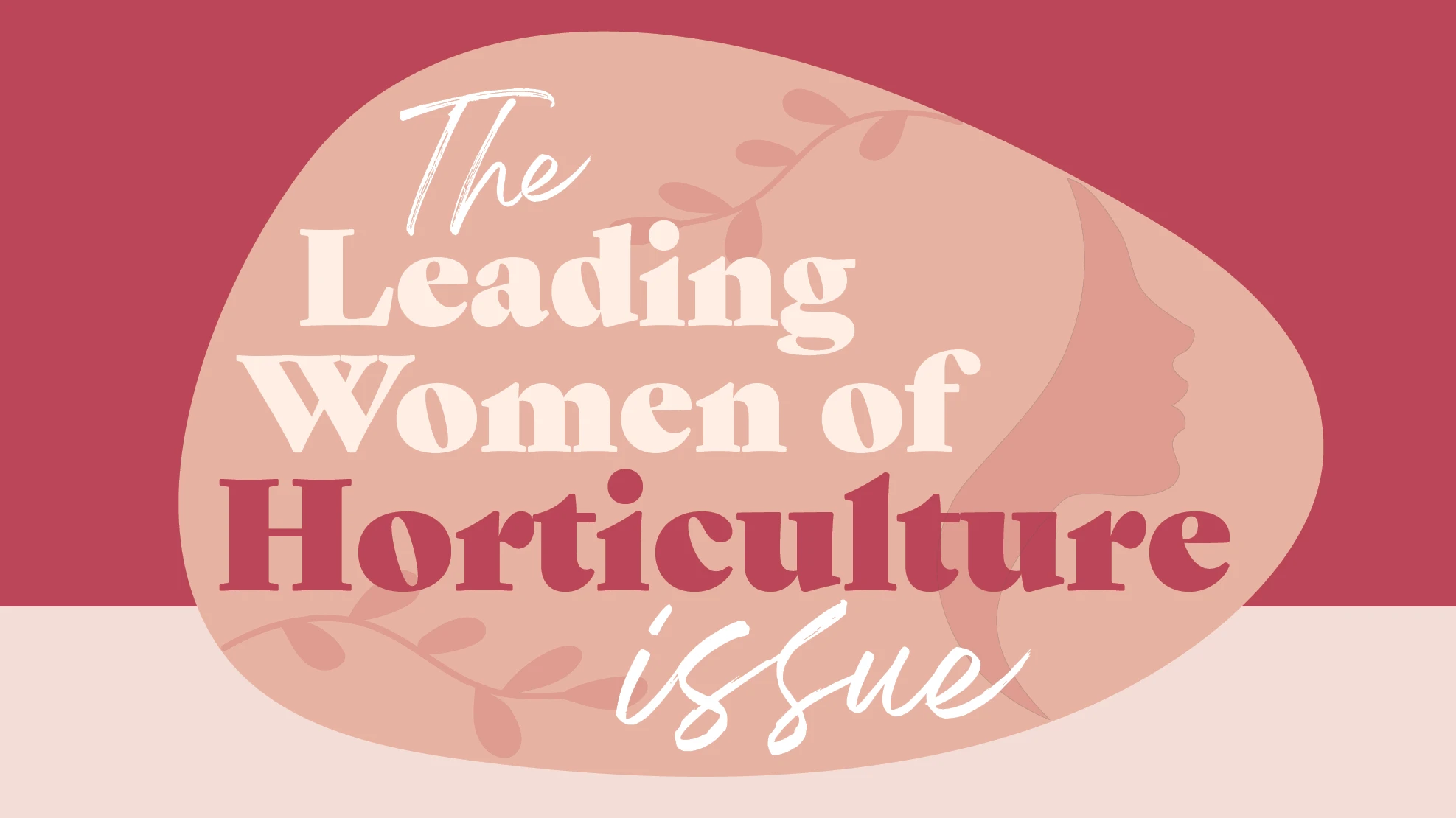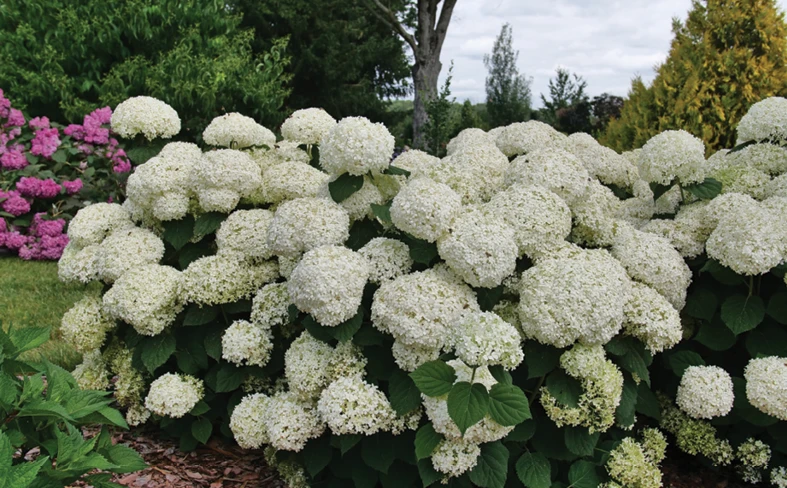Record hot temperatures, water shortages, and severe drought conditions are challenging growers everywhere. California, for example, is facing a water crisis at this writing, with cities and municipalities enacting record water restrictions and freeway message boards blaring urgent reminders like “SERIOUS DROUGHT HELP SAVE WATER.”
The Farm Belt faced one of the country’s worst droughts in history over 2012 to 2013—only now are communities ratcheting back on water usage stipulations.
Even after they’re over, droughts aren’t really done, with impacts lasting for years as water supplies build back up, soils and plantings recover, and homeowners slowly return to regular water usage habits. With all of those impacts in play, it’s no surprise we’ve seen dramatic increases in demand for plants with drought-tolerance capabilities and low-water requirements.
“Water shortages or other water issues are not going away any time soon,” says Gary Hennen, president of Oglesby Plants International, Altha, Fla. “This is not a local issue; it is a global one. Today it is California. A few years ago it was the Southeast. Next year, who knows? Water conservation is not going away.”
While, for many growers, the demand came seemingly from nowhere, putting a successful program together requires more than a last minute ordering assembly. It’s something that almost seems an inevitability, like it or not, for virtually all corners of the country.
“The West Coast’s dilemma will scare some states,” says John Friel of Emerald Coast Growers, Pensacola, Florida, and Lancaster, Pa.
Rancho Tissue Technologies’ Susana Vanzie-Canton agrees, saying she’s recently seen considerable growth for the drought tolerant plant market, despite early reluctance. “Initially there were only a handful of growers in Southern California that saw the need to introduce and produce drought tolerant plants,” she explains from her Rancho Santa Fe, Calif., office. “Shifting focus to a new crop type required a shift in how the market was viewed and an acceptance that we were entering a new era of limited water use.”
Even before the state’s water crisis, Vanzie-Canton says consumers were recognizing the writing on the wall with water use, and pushing the industry for responsible solutions. “The level of awareness and acceptance of the effects of drought has shifted so much so in the past few years that we now find that much of the drive to introduce new varieties of drought tolerant crops comes directly from the consumers, and growers have had to adapt to this change.” Growth in the drought-tolerant plants segment seems poised for a dramatic increase due in large part, as Hennen observes, to a growing number of consumers who believe “growing plants that require less water just makes sense.”
Click here to read more.

Do you know someone that has made a positive impact in the horticulture industry? Nominate them for a Horticultural Industries Leadership Award (HILA)!
| SUBMIT NOMINATION |






